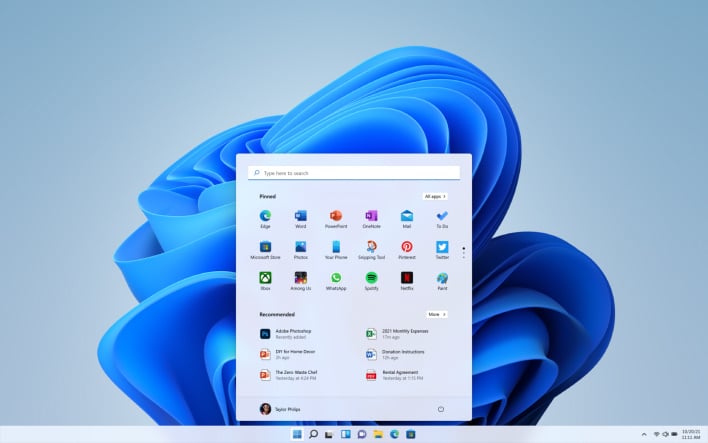Sky-Knight
Well-Known Member
- Reaction score
- 5,176
- Location
- Arizona
So I have a client that snagged a SurfacePro 8, and along with that means Windows 11 Home.
I can confirm you cannot complete initial setup without a Microsoft account. I can however also confirm that you can create a 2nd user on the device that is NOT an MS account user, purely local.
Only real curveball is the need for a USB C to A adapter so I can use my thumb drives. That and my tools improperly ID the thing as Windows 10 still. But that'll get fixed in time.
I can confirm you cannot complete initial setup without a Microsoft account. I can however also confirm that you can create a 2nd user on the device that is NOT an MS account user, purely local.
Only real curveball is the need for a USB C to A adapter so I can use my thumb drives. That and my tools improperly ID the thing as Windows 10 still. But that'll get fixed in time.


